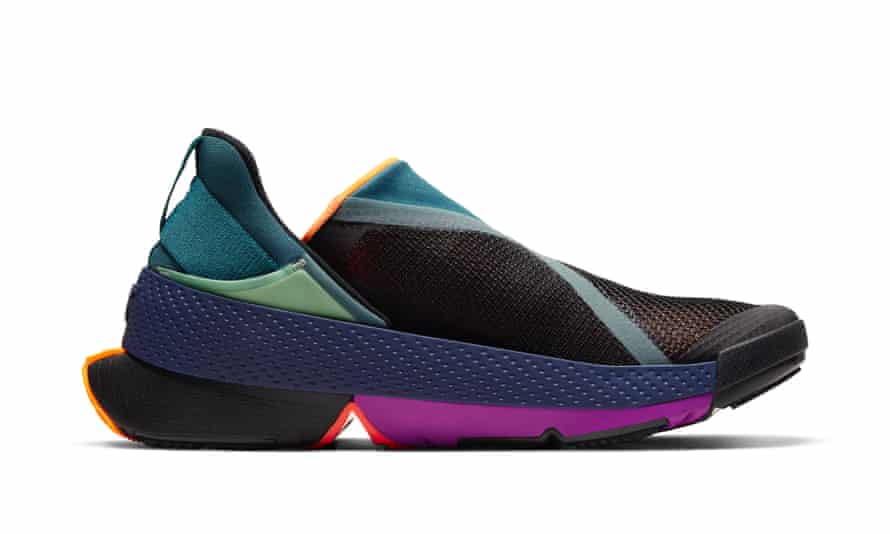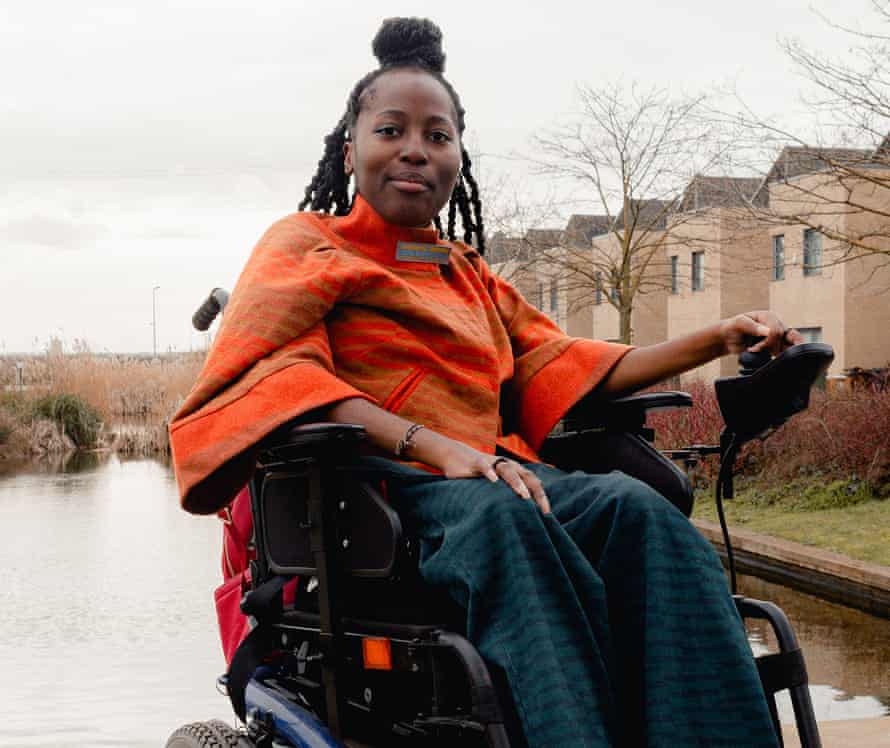From constrictive corsetry to blistering 6in heels, the oft-quoted line: “You have to suffer for fashion,” has bothered humanity for centuries (nonetheless a lot it appears alien to our present wardrobe of Zoom-friendly sweatpants). But what occurs when even a easy garment is disabling? Or when struggling for fashion shouldn’t be a stylistic alternative, however an on a regular basis actuality that may have an effect on somebody’s high quality of life?
For many disabled individuals, off-the-peg garments are inaccessible and trigger discomfort, from fiddly buttons to seams that chafe in a wheelchair. “Clothing plays an important part in living well,” says Monika Dugar, the co-founding father of Reset with Usha Dugar Baid, an adaptivewear model that launched at a digital occasion throughout London fashion week. “Due to restricted mobility, clothing choices can impact whether people with disabilities can operate functionally.”
Inspired by Dugar’s father, who has Parkinson’s illness, the first Reset assortment fuses op-artwork prints with answer-based mostly design; assume jackets with Velcro closures and a polo neck with straightforward-entry shoulder fastenings. “Every garment has to make a statement; a statement where design and functionality merge,” says Dugar. “We go through multiple stages of prototypes, testing and feedback.”
Megami make bras for girls who’ve undergone mastectomies. Photograph: MEGAMI undefined
Thinking about fashion on this means requires designers to change into engineers, utilising downside-fixing, innovation and empathy. Although she studied at the London College of Fashion and accomplished internships at Paul Smith and Mary Katrantzou, Dugar’s foray into adaptivewear is self-taught. “An important part of the process is failing – and recognising this – to bring the best solution,” she says. “Designing for people with disabilities isn’t a trend, it’s a necessity.”
The launch of Reset displays a rising demand for incapacity-pleasant fashion. With the adaptive clothes market forecast to be value practically £280bn by 2026, it’s unsurprising that a handful of manufacturers have their sights on this neglected client group.
This month, Nike launched its first fingers-free coach. Three years in the making, the Nike Go FlyEase goals to revolutionise footwear for individuals who can’t placed on footwear independently. The design options a “bi-stable hinge”, which permits the wearer to slide in, step down and get shifting in a single motion, requiring no bending or unfastening.
In addition to the established manufacturers, there are a number of startups on this area. Take Unhidden Clothing, a label providing minimalist wardrobe staples that accommodate colostomy baggage, with the choice to request additional alterations at checkout.
 Nike GO Flyease sneakers. Photograph: Nike
Nike GO Flyease sneakers. Photograph: Nike
Then there’s Megami, which is redefining put up-mastectomy lingerie with its sultry bras that function discreet pockets for prostheses. Another is I Am Denim, which designs stretchy denims for wheelchair customers and folks present process stomach surgical procedure; a hidden Lycra panel sewn into the waist prevents discomfort when seated.
Despite encouraging statistics and inclusive product launches, adaptivewear stays a area of interest market and is struggling to succeed in shoppers. A latest New York Times investigation uncovered how algorithms routinely blocks adaptive fashion adverts from platforms equivalent to Facebook and Instagram. Mostly, it comes all the way down to product misidentification: objects selling medical units are routinely rejected for coverage violation. Here, know-how is an obstacle for the adaptivewear market, however used appropriately it presents huge potential.
Advances in 3D printing will revolutionise fashion for disabled shoppers. Whether it’s a particular leg size, to accommodate amputations, or straightforward-entry fastenings, particular person options will be edited on to printed clothes. “It allows the customer to tailor the tightest of details. Areas of ‘bespoke editions’ can be saved as a file that’s used on various items, not just the one look,” says Leanne Elliott Young, a co-founding father of the Institute of Digital Fashion. “This means a lot for those who don’t fit into fashion’s old-school structures.”
 A glance from Reset. Photograph: Maria Maleh
A glance from Reset. Photograph: Maria Maleh
Other improvements embody fuseproject’s Seismic powered go well with, a wearable machine that augments the physique with cyborg-like talents. The bodysuit accommodates electrical muscle energy to enhance energy and mobility. The Dutch designer Pauline van Dongen, in the meantime, has prototyped sensible knitwear. Her Vigour cardigan displays the wearer’s biometrics via sensors in the yarn to help physiotherapy remedy. There can also be a biotech firm pioneering cloth that releases antioxidants and vitamins into the pores and skin.
With costly worth tags, lengthy ready lists and unavailability in growing international locations, adaptivewear will unintentionally improve inequality amongst disabled individuals. Governed by business incentives, firms put revenue-making over offering unfettered entry. It raises the query: ought to consumerism be connected to merchandise that deal with medical wants?
“Adaptive design is a basic human right,” says Maura Horton, the founding father of the e-commerce web site Juniper, which is launching in the UK this yr. Aiming to be the Asos of incapacity-pleasant clothes, Juniper will make adaptivewear extra accessible than ever. “If we are doing our jobs correctly, there will not be an up-charge for adaptive design,” says Horton. “More designers exerting the space will help form a competitive landscape.”
As fashion faces a second of reckoning, adaptivewear units a precedent for variety. From the design course of to the fashions and finish clients, it’s a world the place inclusion can not be an afterthought.









